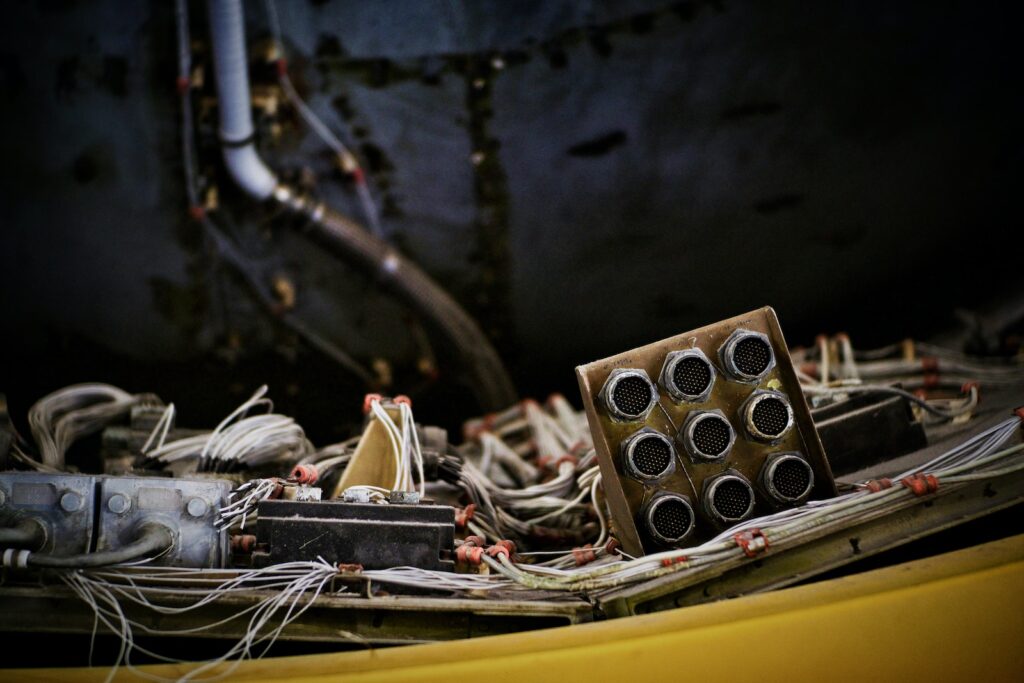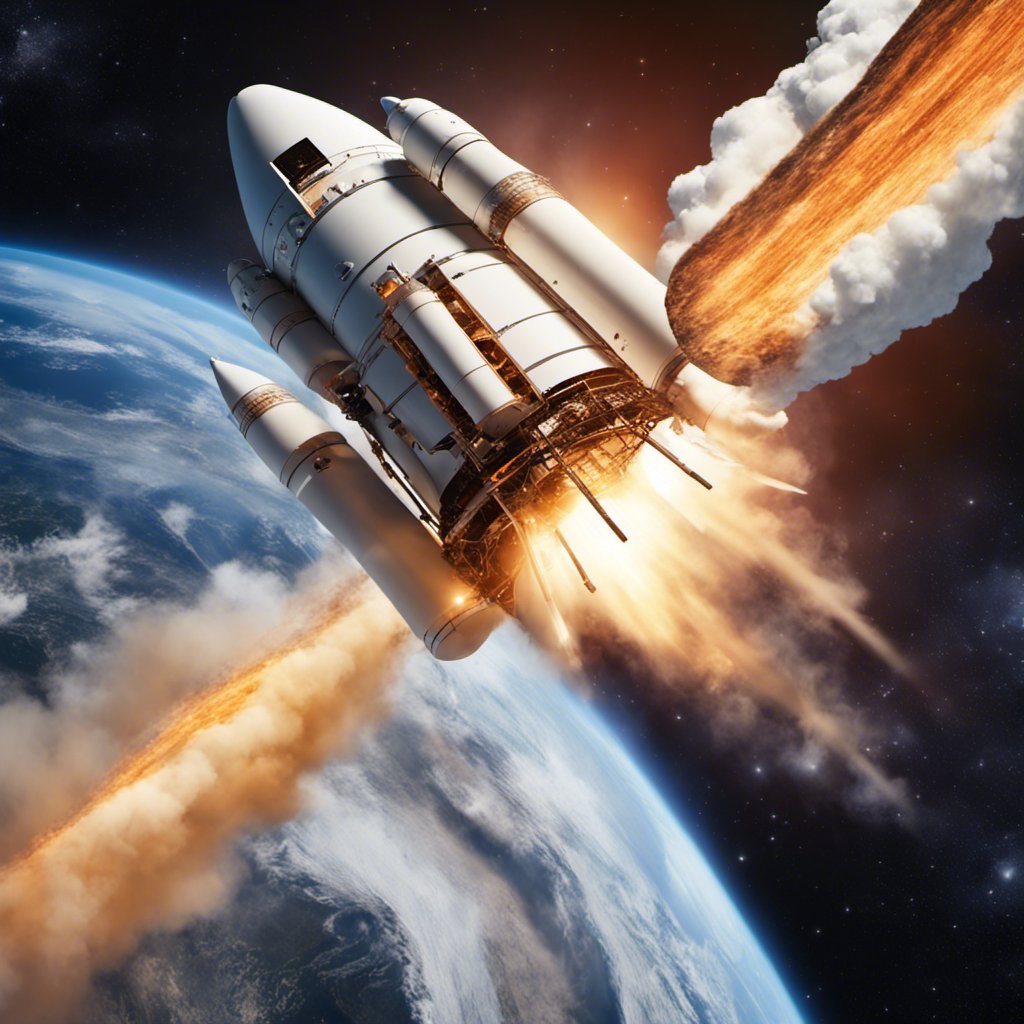Space technology and exploration have come a long way since the early days of rocketry. From humble beginnings, where rockets were used for warfare and experimentation, to the present day, where we have a continuous presence in space and are actively exploring other celestial bodies, the journey of space technology is nothing short of remarkable. In this article, we will trace the evolution of space technology, from rockets to satellites, and explore the exciting prospects that lie ahead.
The Pioneering Days of Rocketry
Rocketry, in its earliest form, has its roots in ancient China, where gunpowder-propelled devices were used for entertainment and military purposes. However, it was in the 20th century that rocketry took a giant leap forward. Visionaries like Robert Goddard and Konstantin Tsiolkovsky laid the theoretical groundwork for modern rocketry, envisioning a future where humans could travel to the stars. Their ideas were instrumental in the development of rockets.
During World War II, the V-2 rocket, developed by Nazi Germany, became the world’s first long-range guided ballistic missile. This technological advancement would play a pivotal role in the post-war space race.

The Space Race and the Birth of Modern Rockets
The Cold War rivalry between the United States and the Soviet Union ushered in the space age. In 1957, the Soviet Union launched Sputnik 1, the world’s first artificial satellite. This historic event marked the beginning of the space race. In 1961, Yuri Gagarin became the first human to journey into space, a feat that captured the world’s imagination.
The United States responded with the Apollo program, culminating in the historic moon landing in 1969. The Saturn V rocket, used for the Apollo missions, remains one of the most powerful rockets ever built. These early space endeavors pushed the boundaries of rocket technology and laid the foundation for future space exploration.
Satellites: Our Eyes and Ears in Space
Satellites have revolutionized our world by serving as our eyes and ears in space. After Sputnik 1, numerous satellites were launched for various purposes, including communication, navigation, and Earth observation. They have made global connectivity possible and have transformed how we gather information about our planet.
Today, satellites provide real-time weather data, enable GPS navigation, and facilitate worldwide internet access. Earth-observing satellites monitor climate change, natural disasters, and environmental trends. The continuous advancement of satellite technology has made these services increasingly reliable and accessible.
Space Exploration Beyond Earth’s Orbit
Space exploration expanded beyond Earth’s orbit with the establishment of the International Space Station (ISS). This orbiting laboratory has hosted astronauts from multiple nations and serves as a platform for scientific research in microgravity.
The exploration of Mars has also been a significant focus. Rovers like Curiosity have provided valuable data about the Red Planet, bringing us closer to the possibility of human colonization. Space telescopes like the Hubble have opened windows to the universe, unveiling distant galaxies and the secrets of cosmic phenomena.
The Commercialization of Space
The 21st century has seen a significant shift toward the commercialization of space. Private companies like SpaceX and Blue Origin have made remarkable strides in reducing the cost of space travel and increasing its accessibility. SpaceX, in particular, has made history with reusable rockets and ambitious plans for Mars colonization.
The commercial satellite industry has expanded as well, providing internet connectivity to remote areas and contributing to the global economy. While these developments bring opportunities, they also raise questions about the regulation and sustainability of space activities.

The Future of Space Technology and Exploration
Looking ahead, the future of space technology and exploration is filled with promise. Advancements in rocket propulsion, such as ion drives and reusable launch systems, promise to make space travel more efficient and cost-effective. Concepts like warp drives and interstellar exploration are no longer confined to science fiction.
However, the ethical and environmental implications of space exploration cannot be ignored. As we venture farther into space, we must consider the preservation of celestial bodies and the potential impact on extraterrestrial life, if it exists. International cooperation will be crucial in addressing these challenges and shaping the future of space exploration.
Conclusion
In the span of just a few decades, we have witnessed a remarkable evolution in space technology and exploration, from the early days of rocketry to the establishment of a continuous presence in space. The possibilities for the future are limitless, and our journey into the cosmos is far from over. As we stand on the brink of new discoveries and achievements, it is clear that space technology will continue to play a pivotal role in shaping our world and expanding our understanding of the universe. It is a journey that promises to be both exciting and awe-inspiring, and it invites us all to look to the stars with wonder and curiosity.

